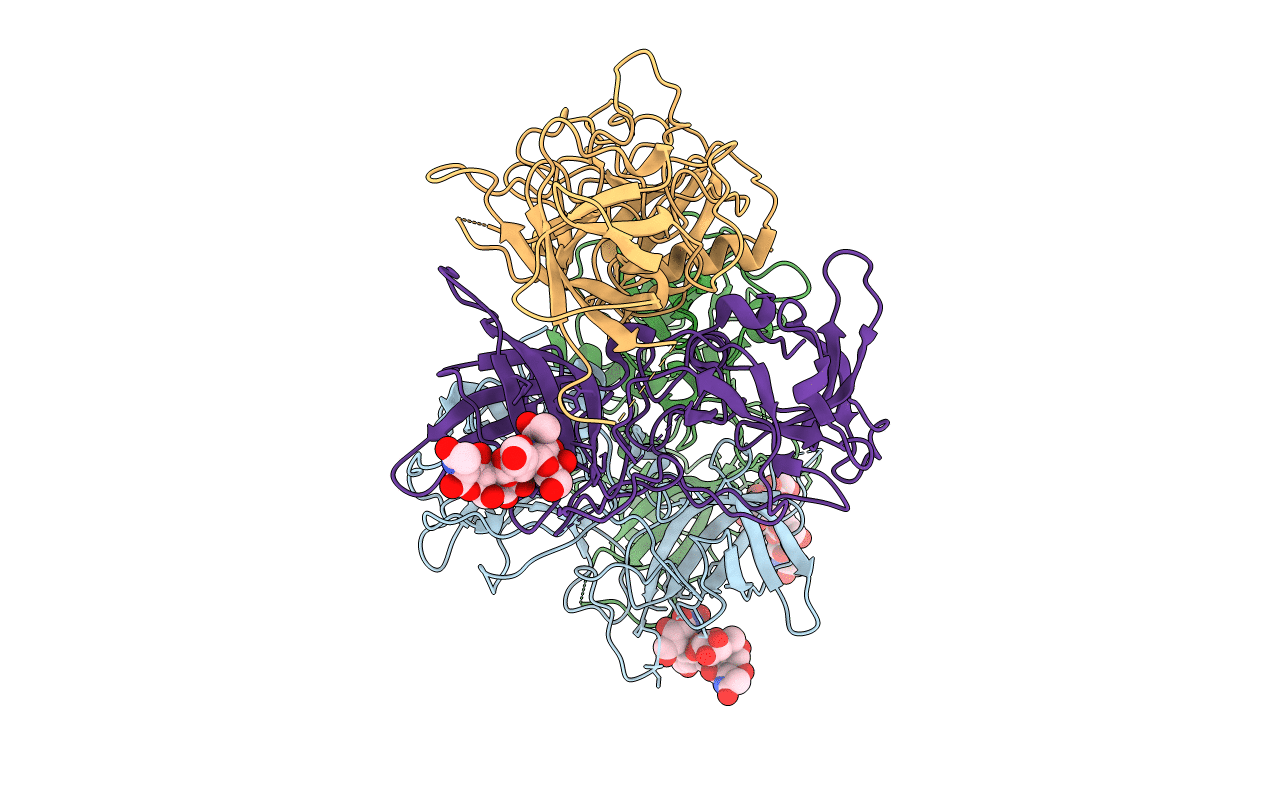
Deposition Date
2014-03-01
Release Date
2014-04-02
Last Version Date
2023-09-27
Entry Detail
PDB ID:
4P26
Keywords:
Title:
Structure of the P domain from a GI.7 Norovirus variant in complex with A-type 2 HBGA
Biological Source:
Source Organism:
Norovirus Hu/GI.7/TCH-060/USA/2003 (Taxon ID: 1097017)
Host Organism:
Method Details:
Experimental Method:
Resolution:
1.90 Å
R-Value Free:
0.18
R-Value Work:
0.15
R-Value Observed:
0.16
Space Group:
P 1


